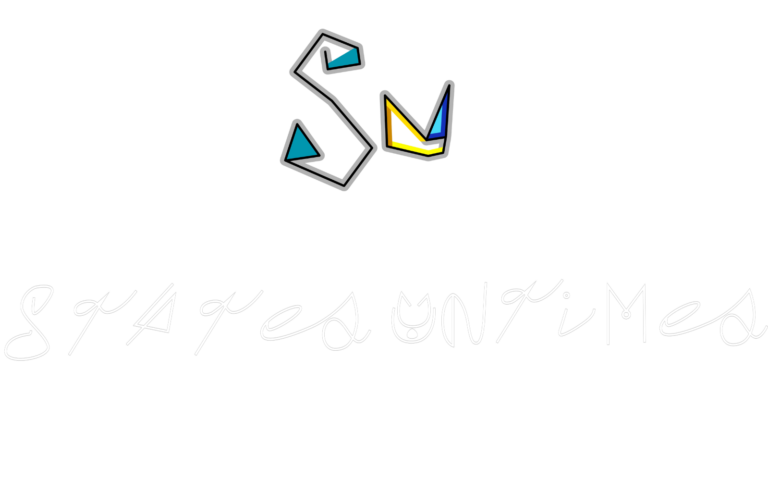Non-fungible tokens (NFTs) continue to evolve, pushing the boundaries of digital ownership, art, and utility. As we enter 2025, the NFT space is witnessing groundbreaking trends that redefine how we perceive and use digital assets. Let’s explore the key NFT trends shaping the industry this year.
1. Utility-Driven NFTs
Gone are the days when NFTs were just about digital art and collectibles. In 2025, NFTs are increasingly integrated with real-world applications. From ticketing systems for concerts and sports events to memberships in exclusive clubs, utility-based NFTs are gaining momentum. These tokens provide tangible benefits, making them more valuable and practical for users.
2. AI-Generated NFTs
With advancements in artificial intelligence, AI-generated NFTs are becoming a major trend. Artists and creators are leveraging AI tools to produce unique, dynamic, and interactive NFT artworks. Some projects even use AI to evolve NFT designs over time, ensuring continuous engagement from collectors.
3. Cross-Chain Compatibility
Interoperability is a game-changer for the NFT market. In 2025, more projects are adopting cross-chain compatibility, allowing NFTs to move seamlessly between blockchains. This reduces transaction fees, enhances security, and provides users with greater flexibility to trade assets across multiple ecosystems.
4. NFT Gaming and Metaverse Expansion
The integration of NFTs in gaming and the metaverse is growing rapidly. Players can buy, sell, and trade in-game assets as NFTs, creating real-world value for digital items. Metaverse platforms are also leveraging NFTs to establish digital land ownership, virtual businesses, and immersive experiences that bridge the gap between the real and digital worlds.
5. Sustainable and Eco-Friendly NFTs
Environmental concerns have led to the rise of eco-friendly NFT solutions. Many projects are now built on energy-efficient blockchains, such as Ethereum 2.0, Solana, and Polygon, which consume significantly less power than traditional proof-of-work networks. This shift aims to make NFTs more sustainable and reduce their carbon footprint.
6. NFT Fractionalization
Owning high-value NFTs is becoming more accessible through fractionalization. This trend allows investors to purchase and trade fractions of expensive NFTs, making it easier for a broader audience to participate in the market. Fractional NFTs are particularly popular in digital art, real estate, and luxury collectibles.
7. Integration with Social Media
NFTs are making their way into social media platforms, allowing users to showcase their digital assets as profile pictures, banners, and exclusive content. Platforms like Twitter, Instagram, and TikTok are integrating NFT authentication features, giving creators new ways to monetize their content and build stronger communities.
8. Brands and Celebrities Entering the NFT Space
Major brands and celebrities continue to embrace NFTs as a way to engage with their audiences. From fashion brands launching digital wearables to musicians offering exclusive NFT albums, mainstream adoption is expanding. These collaborations are driving mass awareness and increasing demand for digital collectibles.
Final Thoughts
NFTs are no longer just a trend—they are a transformative force in digital ownership, creativity, and business. As we move further into 2025, the NFT space will continue to evolve, bringing new opportunities and challenges. Whether you’re an investor, artist, or enthusiast, keeping an eye on these trends will help you stay ahead in this rapidly changing industry.
Are you ready for the future of NFTs? Share your thoughts on which trends excite you the most!








